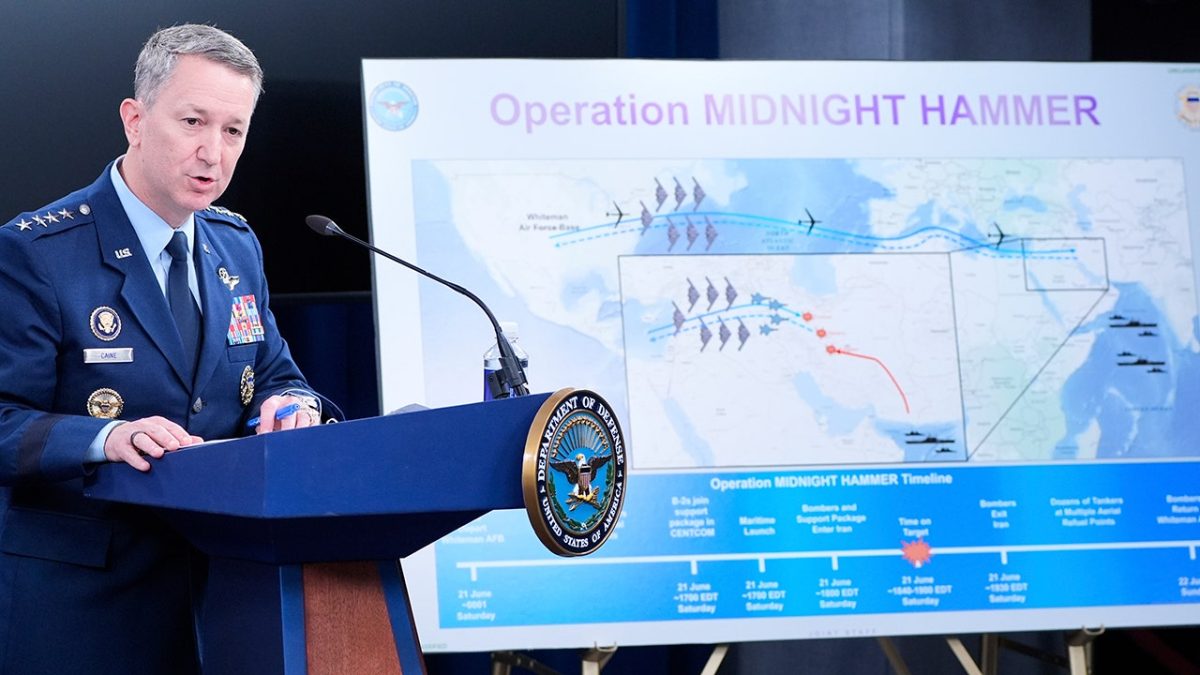NEWYou can now listen to Fox News articles!
The Pentagon on Sunday shared details about Operation Midnight Hammer, the massive, complicated mission that struck three key Iranian nuclear facilities on Saturday, calling it the “largest B-2 operational strike in U.S. history.”
Secretary of Defense Pete Hegseth told reporters at the Pentagon that “the scope of this was intentionally limited” in his first formal remarks following the strikes, though he added that the capabilities of the American military “are nearly unlimited.”
Gen. Dan Caine, chairman of the Joint Chiefs of Staff, detailed the operation’s timeline and the deception tactics employed that went into striking Iran’s Fordow, Natanz and Isfahan nuclear facilities.
The ‘Ruse’ – Decoy flight departs at 12:01 a.m. EST, Saturday
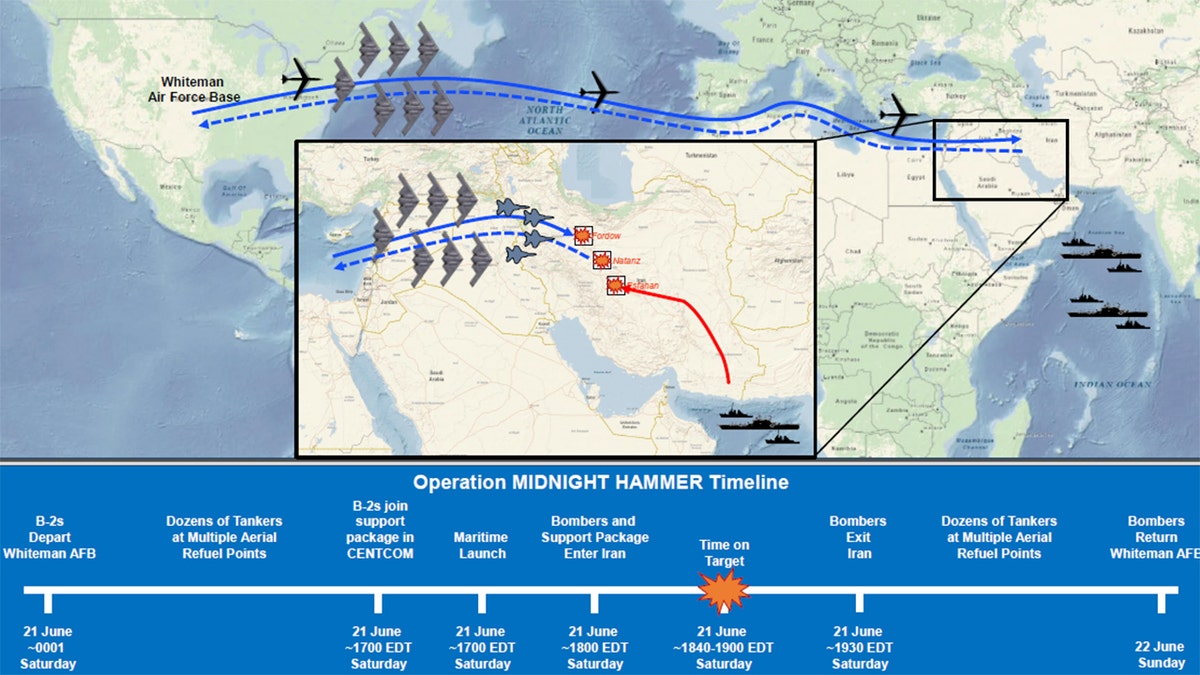
The operation commenced when B-2 stealth bombers launched from Whiteman Air Force Base in Missouri at 12:01 a.m. Saturday morning.
Some of the bombers flew to the west and into the Pacific as a decoy. Caine called it a “deception effort known only to an extremely small number of planners and key leaders.”
HEGSETH, MILITARY BRASS DESCRIBE ‘INCREDIBLE AND OVERWHELMING SUCCESS’ OF US STRIKES ON IRAN
Main strike – An 18-hour flight
The main strike force of seven B-2 Spirit bombers, each with two crew members, flew silently eastward with minimal communications as it undertook the 18-hour flight to the target area, Caine said.
The aircraft in the group were refueled multiple times while in flight. When overland, the strike group linked up with escort and support aircraft from Central Command.
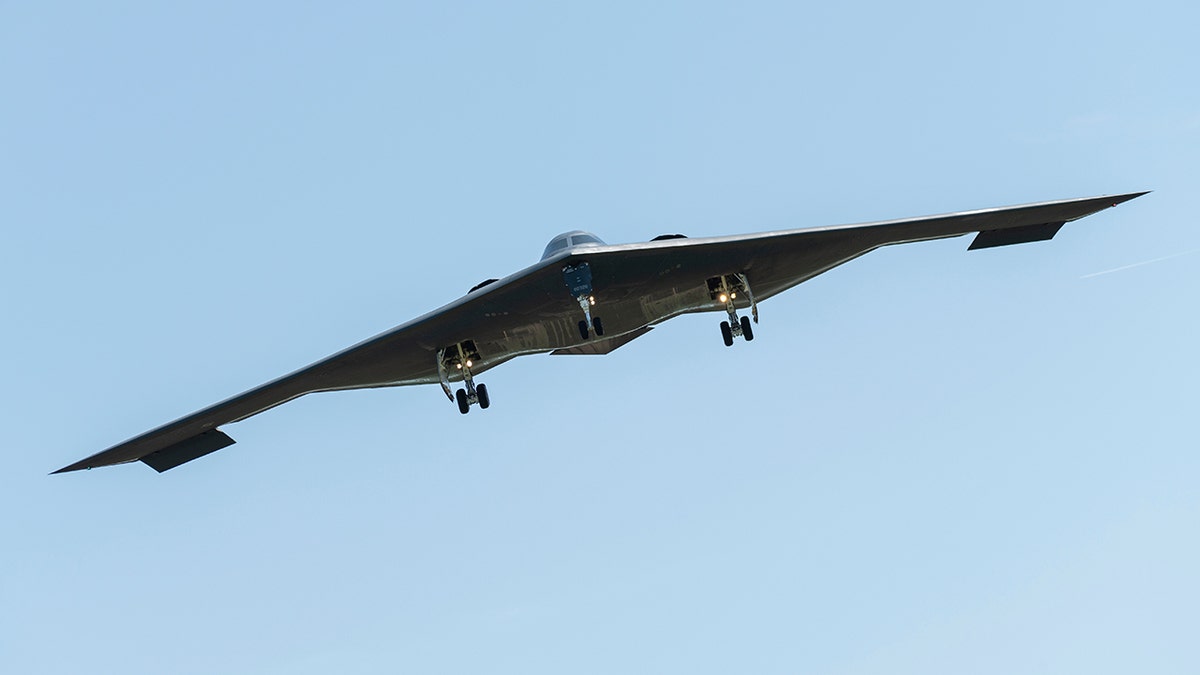
Caine described the link-up as “a complex, tightly timed maneuver requiring exact synchronization across multiple platforms in a narrow piece of airspace, all done with minimal communications.”
Clearing the way – 5 p.m. EST, Saturday
Around 5 p.m. ET (12:30 a.m. in Iran), a U.S. submarine launched more than two dozen Tomahawk land attack cruise missiles against key surface infrastructure targets as the main strike force entered Iranian airspace.
More deception tactics were used, Caine said, and support aircraft pushed out in front of the main strike group at a high altitude and speed to sweep for enemy fighters and surface-to-air missile threats.
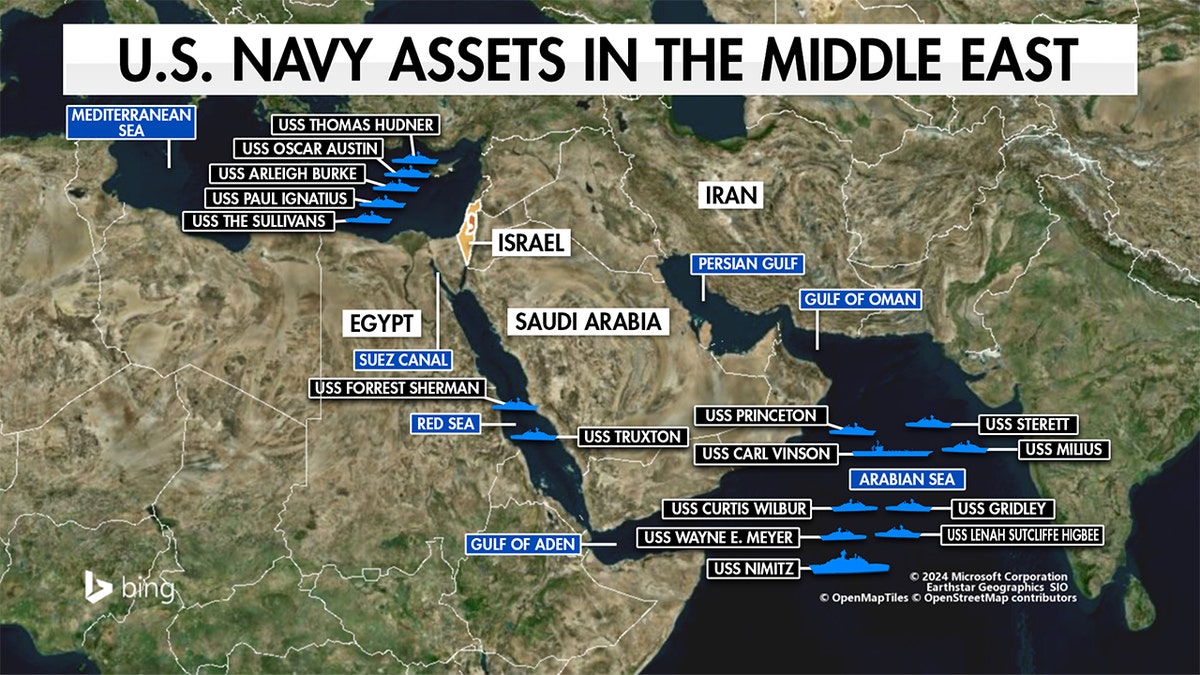
As the B-2 main strike group approached Fordow and Natanz, support aircraft used high-speed suppression weapons to ensure its safe passage.
“We are currently unaware of any shots fired at the U.S. strike package on the way in,” Caine told reporters.
The Strikes – 6:40 p.m. EST, Saturday
The Fordow nuclear facility was struck at around 6:40 p.m. EST, or about 2:10 a.m. in Iran.
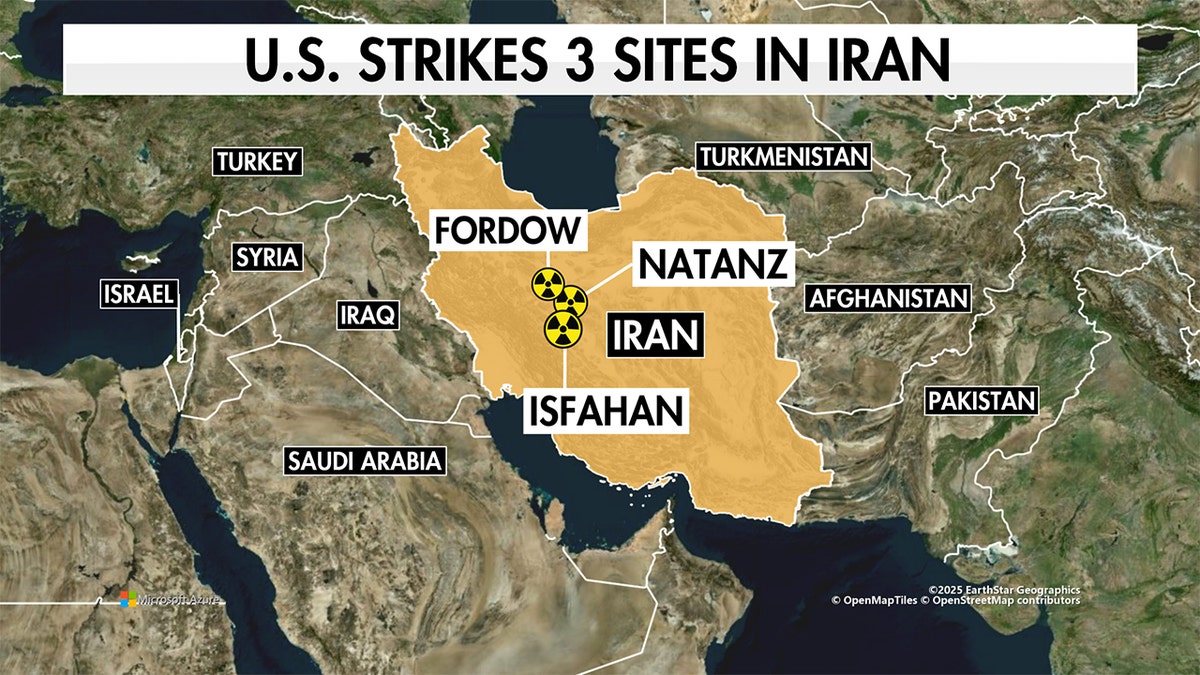
The lead B-2 dropped two GBU 57 Massive Ordnance Penetrator (MOP) weapons, commonly known as bunker-busters, on the first of several aim points at Fordow.
The remaining bombers also hit their targets, with a total of 14 MOPs dropped on Fordow and Natanz, Caine said.
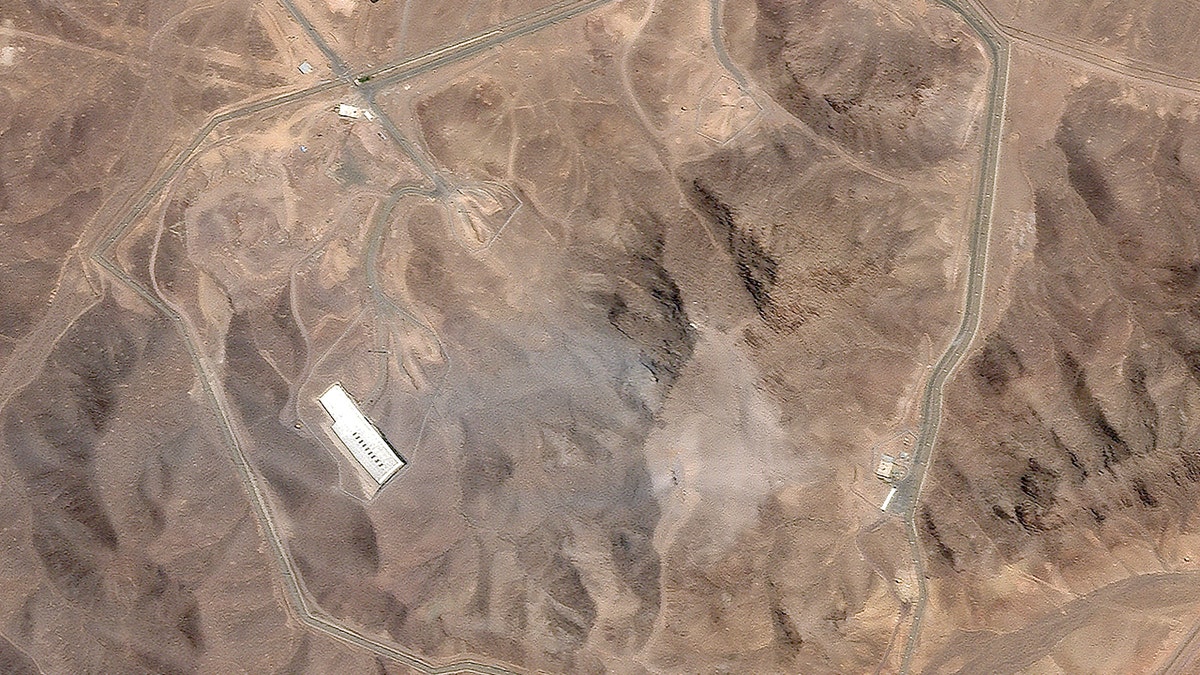
The Tomahawk missiles launched by U.S. submarines were the last to strike, hitting their targets at Isfahan.
The return journey – Saturday to Sunday
After releasing their weapons in the massive strike, the aircraft exited Iranian airspace to return home to Whiteman Air Force Base. Caine said the U.S. military was not immediately aware of any shots being fired at the strike group on its way out of Iranian airspace.
“Iran’s fighters did not fly, and it appears that Iran’s surface-to-air missile systems did not see us throughout the mission,” Caine said. “We retained the element of surprise.”
TRUMP ADDRESSES NATION ON ‘SPECTACULAR MILITARY SUCCESS’ OF US STRIKES ON IRANIAN NUCLEAR FACILITIES
Operation Midnight Hammer used more than 125 aircraft in the mission, including seven B-2 stealth bombers, multiple fourth and fifth generation fighters, dozens of air refueling tankers, a guided missile submarine and “a full array” of intelligence, surveillance, and reconnaissance aircraft, Caine said.
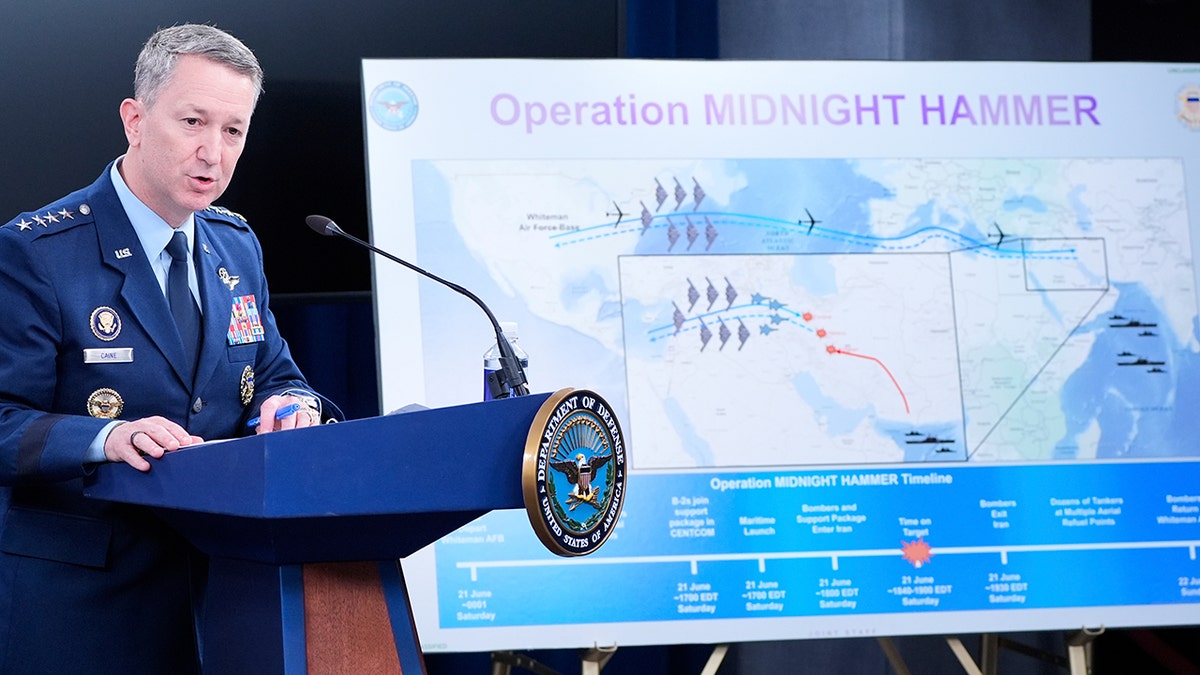
U.S. forces launched approximately 75 precision-guided munitions, including 14 GBU 57 massive Ordnance penetrators, which weigh 30,000 pounds each. The operation marked the first-ever operational use of this weapon, Caine said.
A history-making operation
Caine called the operation the “largest B-2 operational strike in U.S. history,” and that “no other military in the world could have done this.”
“This mission demonstrates the unmatched reach, coordination and capability of the United States military in just a matter of weeks,” Caine said. “This went from strategic planning to global execution.”
Caine also said this was the second-longest B-2 mission ever flown, exceeded only by missions flown in the days following 9/11.
Read the full article here

